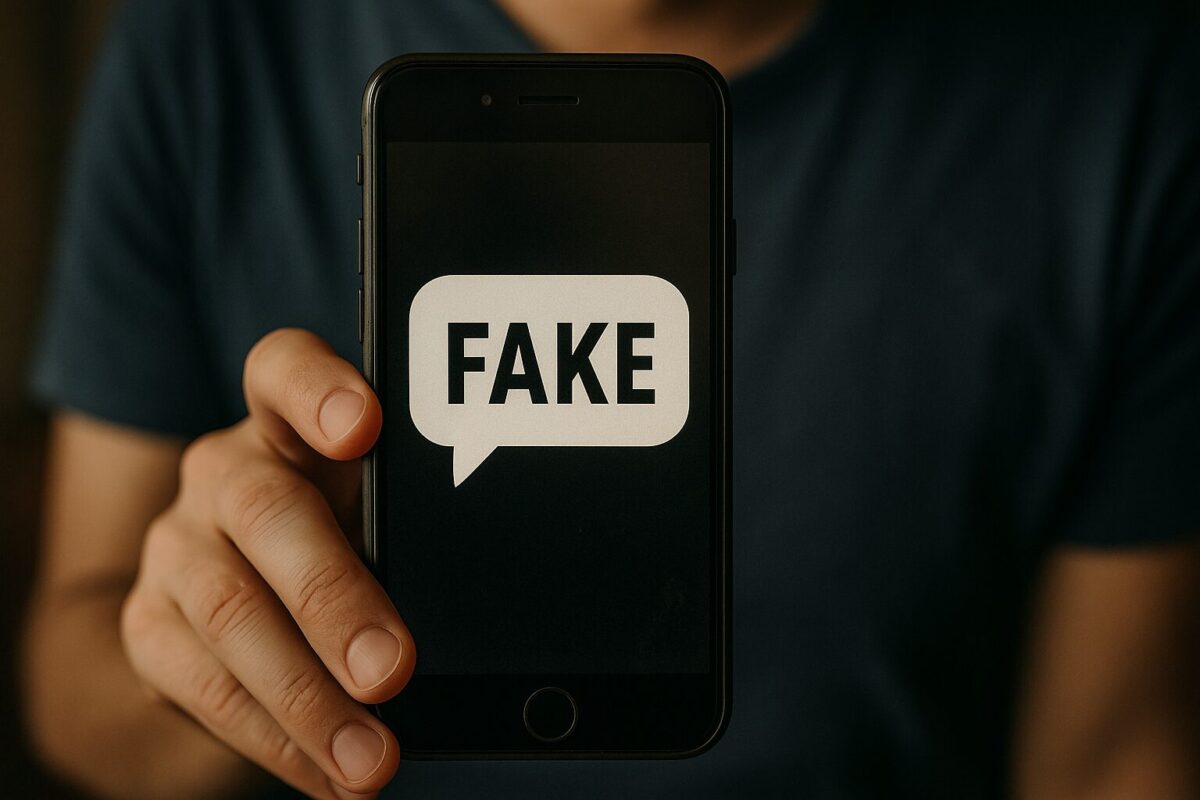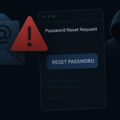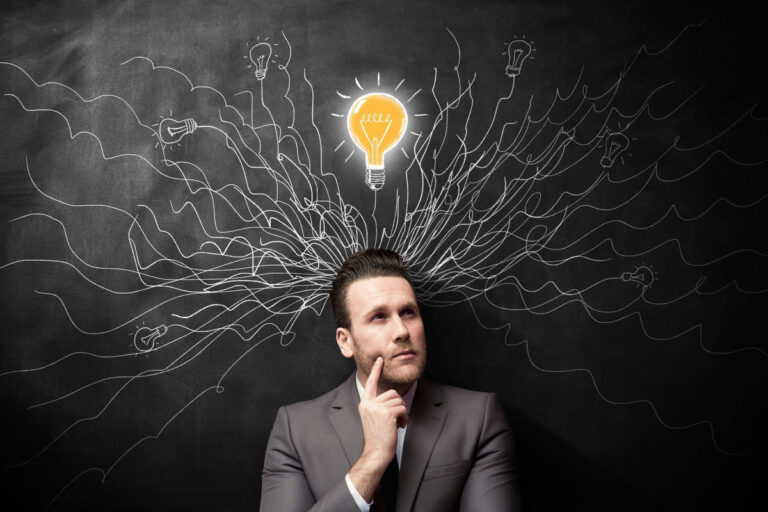
Psychological Boosters Against Fakes: How to Build Mental Immunity in 2025
In today’s world, a fake isn’t just a lie. It’s a weapon aimed not at the body but at the brain. It doesn’t explode — it exhausts, confuses, and distorts reality.
And more and more people ask themselves:
*”Why do people believe nonsense?”
*”Why do they share things that sound absurd?”
*”And how can we defend ourselves?”
Science is beginning to offer answers. And, unexpectedly, it doesn’t suggest censorship or bans.
It offers something simple but effective: psychological boosters.
What Are “Psychological Boosters” and Why They’re Not a Gimmick
In 2025, Nature Communications published a large-scale study:
Over 11,000 people across five countries were exposed to short interventions — videos, interactive messages, and text scenarios that taught them to:
- spot a fake;
- reflect on manipulation;
- develop a habit: before you hit “share” — pause and think.
The results were clear:
trust in disinformation significantly dropped.
But most importantly, the effect wasn’t short-lived.
People learned to recognize fakes — even weeks later.
Why It Works: The Brain Isn’t a Lie Detector — It’s a Familiarity Detector
The brain doesn’t assess each new bit of information from scratch.
It looks for patterns, triggers, something it has seen before.
If something sounds familiar — trust increases.
If it triggers emotion — even more so.
That’s why fakes spread so easily — they don’t raise red flags; they feel right.
That’s where “boosters” act like micro-vaccines:
They give the brain a training session: “This is a classic manipulation” —
so in real life, the brain recognizes and rejects it.
Level 1: Cognitive. Why We Believe in Nonsense
- Because we’re tired.
- Because we lack time to think.
- Because social media runs on emotion, not reflection.
- Because we’re manipulated through our fears, anger, and doubts.
Fakes don’t persuade logically. They trigger the “feeling of truth”.
Unless we teach ourselves to pause, we will keep falling for them.
AI now generates fakes faster than humans. But only a person with a thinking habit can recognize them.
Level 2: Behavioral. Reflex as Protection
Like hygiene:
- Washing your hands isn’t an intellectual achievement;
- It’s a habit.
Same with fakes.
If we routinely ask ourselves:
- “Who shared this?”
- “What’s the source?”
- “What emotion am I feeling?”
— we drastically reduce the risk of becoming a victim.
This is where psychological boosters shine:
They turn critical thinking into reflex.
Relevant
Level 3: Social. We Infect Each Other
Disinformation is viral. It spreads hand-to-hand: through shares, comments, messages.
Worst of all — we infect those we care about.
That’s why personal media hygiene isn’t about ego.
It’s about responsibility.
When we are “boosted” for truth — we protect others.
What to Do? Concrete Steps
- Teach not “truth,” but how manipulation works.
Games, videos, examples. Not lectures — reactions. - Introduce boosters into education.
In schools, universities, even local communities.
Small repeatable exercises that build resistance. - Build the habit of asking: “Is this manipulation?”
It’s powerful. And it requires no special resources. - Don’t believe content that triggers strong emotion.
Fakes thrive on fear, anger, outrage.
If you feel that — pause.
It may be a sign: you’re being played.
Conclusion: Truth Needs Protection. Not with Force, But with the Habit of Thinking
We live in an age where fakes are generated in seconds.
Where emotion weighs more than fact.
And where the only protection isn’t to “know everything,”
but to know when to stop, notice, and reflect.
Psychology doesn’t just study this anymore — it offers tools.
And psychological boosters aren’t buzzwords. They’re mental vaccines.
Like any vaccine — they must be updated.
But they might be our best hope against a virus that blinds, divides, and manipulates.
Because in the era of fakes, truth isn’t a given. It’s a skill.















